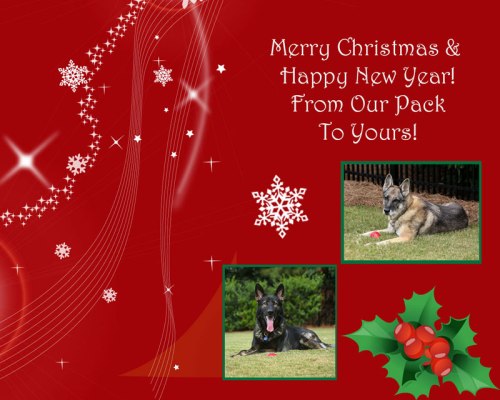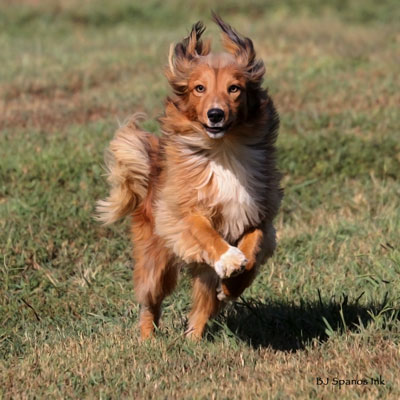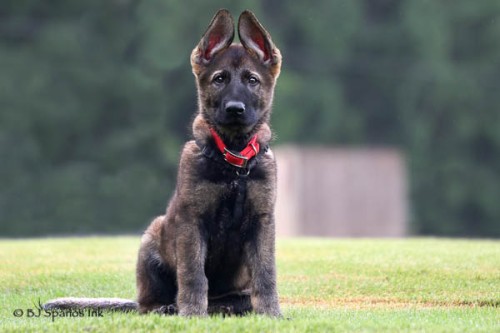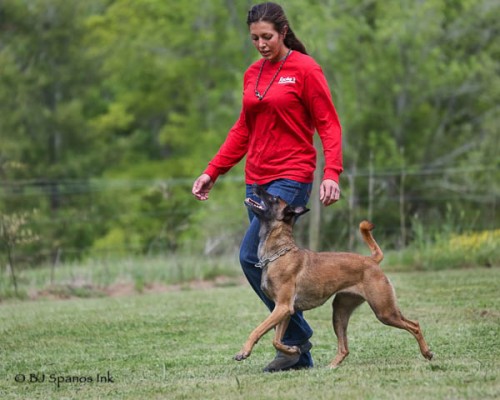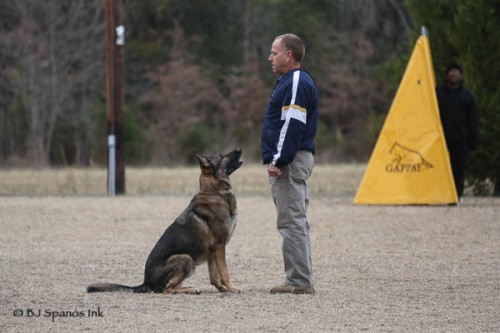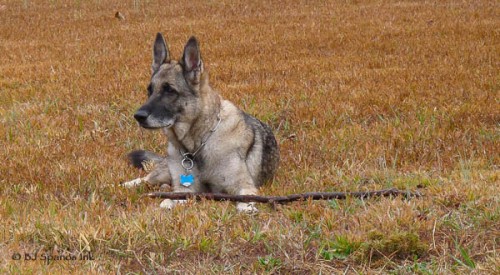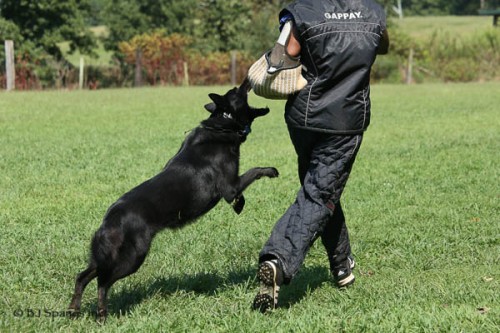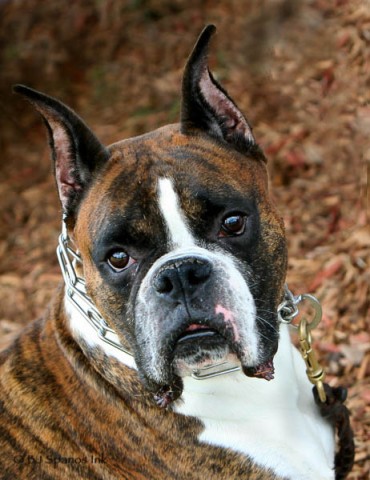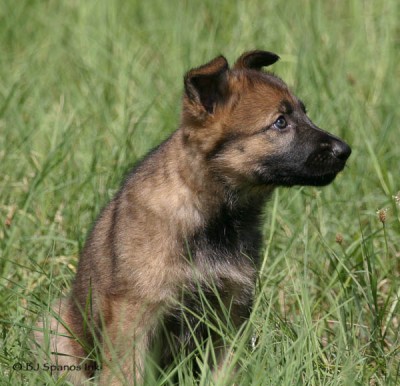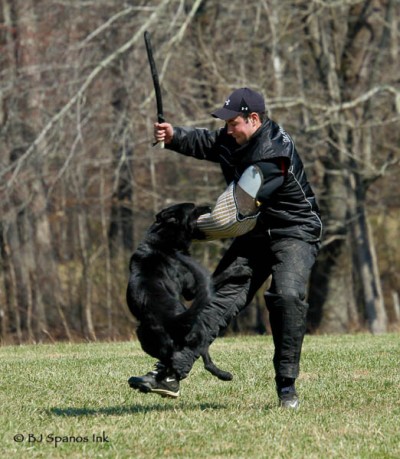Favorite Resources
Next week starts my graduate studies in earnest, so this will likely be my last post to this particular blog. Although I never say never, as you never know 😉 As noted in previous posts, I will keep the The Art of Schutzhund Photography blog live for those who are looking for inspiration and ideas on photographing IPO (Schutzhund) dogs are work. I have truly enjoyed posting and sharing my journey with you. I also appreciate your support and visits. Thank you!
In wrapping up my posts, below is a list of my favorite resources that have helped and inspired me these past years. I encourage you to visit these sites. Some are free; some not. Some investments are very reasonable, while others are a bit more expensive. But like most things, an investment of time and money is needed to make significant progress. I hope there is enough variety in this list for you to find something of value.
Note: I left the URLs where you can see them, rather than as links, to avoid broken links and what not. If a URL is not included, I tried to indicate a possible source.
Books (Hard Copy and E-Books)
Blair. L. Photographing Dogs: Techniques for Professional Digital Photographers. 2013. Amherst Media, Inc. Available from Amazon.
Digital Photography School. Publisher of e-books, tips and tutorials. Excellent resource. www.digital-photography-school.com
Hisch R. 2012. Light and Lens: Photography in the Digital Age. Focal Press. Available from Amazon. http://www.amazon.com/Light-Lens-Photography-Digital-Age/dp/024081827X/ref=dp_ob_title_bk
Kanashkevich M. Natural Light: Mastering A Photographer’s Most Powerfule Tool (e-book). Digital Photography School. http://digital-photography-school.com/book/naturallight/
Laird, S. Artistic Elements (e-books). Using textures and layers to create digital photographic artwork. Stunning! http://www.stephanielaird.com/psd.html
Patel J. What the Heck is a HISTOGRAM. (e-book) Jay Patel Photography. All of Jay Patel’s e-books covering a wide array of photography topics may be found at http://visualwilderness.com/learn
Peterson B. Understanding Exposure. Revised Edition. 2004. Amphoto Books.
Peterson B. Learning to See Creatively: Design, Color & Composition in Photography. Revised Edition. 2003. Amphoto Books.
Peterson. B. Understanding Shutter Speed. 2008. Amphoto Books.
Peterson B. Understanding Photography Field Guide. 2010. Amphoto Books.
All of Bryan Peterson’s books are available on Amazon. http://www.amazon.com/s/ref=nb_sb_ss_c_0_11?url=search-alias%3Dstripbooks&field-keywords=brian+peterson+photography+books&sprefix=Brian+Peter%2Caps%2C209
Pflughoet, J. Beautiful Beasties: A Creative Guide for Modern Pet Photography. 2012. John Wiley & Sons. Available from Amazon.
Articles of Note / Websites / Blogs
Action Photography. Photographic Magazine. August 2003. Reprinted with permission on Steephill.tv Bike Travelouge. http://www.steephill.tv/photography/action-photography-tips.html
Bigman, A. PPI vs. DPI: What’s the Difference? 99Designs Blog. February 26, 3013. http://99designs.com/designer-blog/2013/02/26/ppi-vs-dpi-whats-the-difference/
Copyright Guidelines. Reprinted with permission by the Photo Marketing Association International. http://www.kodak.com/cluster/global/en/consumer/doingMore/copyright.shtml
Creamer, D. Understanding Resolution and the Meaning of DPI, PPI, SPI & LPI. Ideas Training.com. 2012. http://www.ideastraining.com/PDFs/UnderstandingResolution.pdf
Johnston. M. Bokeh in Pictures. The Luminous Landscape. April 4, 2004. http://www.luminous-landscape.com/columns/sm-04-04-04.shtml
Sloma K. Exploring with a Camera: Printed Aspect Ratios. Kat-Eye Studio blog post. November 18, 2011. http://kateyestudio.com/2011/11/exploring-with-a-camera-printed-aspect-ratios.html
Organizations / Tutorials
KelbyOne (previous National Association of Photoshop Professionals). A website full of amazing tutorials for Photoshop, Lightroom and Creative Cloud, plus a subscription to Photoshop User magazine. www.kelbyone.com
Professional Photographers of America. Atlanta, GA. www.ppa.com. Excellent organization with many resources for emerging professionals and long time professionals as well. Dues are stiff, but worth it.
Caponigro, JP. John Paul Caponigro Illuminating Creativity. His website includes online tutorials, DVDs, ebooks and printed books. www.johnpaulcaponigro.com
Cheat Sheets, Online Tools
CameraSim. Simulates camera settings; great way to play with lighting, distance, focal length, ISO, aperture, and shutter speed. http://camerasim.com/apps/camera-simulator/
Color Temperature. Useful chart. http://www.3drender.com/glossary/colortemp.jpg
Cost of Doing Business Calculator. National Press Photographers Association. https://nppa.org/calculator
DOF Master. Depth of Field Calculator. http://www.dofmaster.com/dofjs.html
The Photo Argus. Cheat sheets for portrait lighting, photography, photo tips, light fall off, reflectors, plus more. This site also features tutorials and other resources. http://www.thephotoargus.com/resources/helpful-photography-cheat-sheets-to-make-you-life-easier/
PhotoBert CheatSheets and Accessories. http://www.photocheatsheets.com
Photopoly. Another great resource. http://www.photopoly.net/22-useful-photography-and-photo-editing-cheat-sheets/
Ultimate Exposure Calcultor. Fred Parker Photography. http://www.fredparker.com/ultexp1.htm
Web Design Ledger. 13 Super Useful Photography Cheat Sheets. http://webdesignledger.com/resources/13-super-useful-photography-cheat-sheets
Until next time…Happy Shooting – and again thank you for visiting!
